Job Lot Cheap

How do you reduce, reuse, and recycle?

How do you reduce, reuse, and recycle?
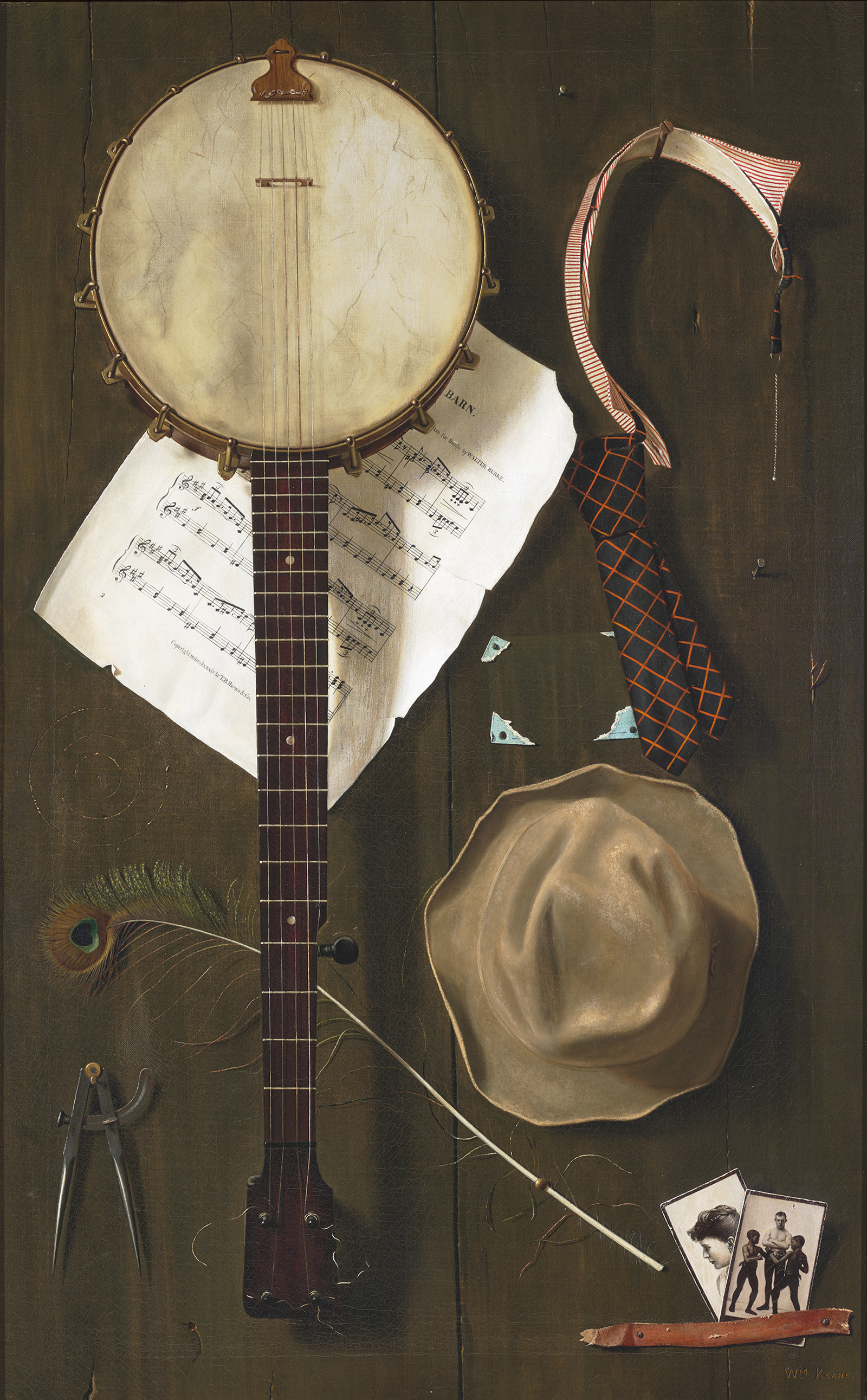
What objects document your life?
In this trompe l’oeil painting, the viewer is shown a set of evocative objects, suggesting an encapsulation of a person’s life as seen through their belongings. A life-sized banjo hanging on a wall is surrounded by personal effects (maybe even the artist’s own): sheet music, a crumpled hat, a peacock feather, and a pair of photographs of two boxers and a pretty young woman (an empty spot suggests another photo or card has been ripped away).
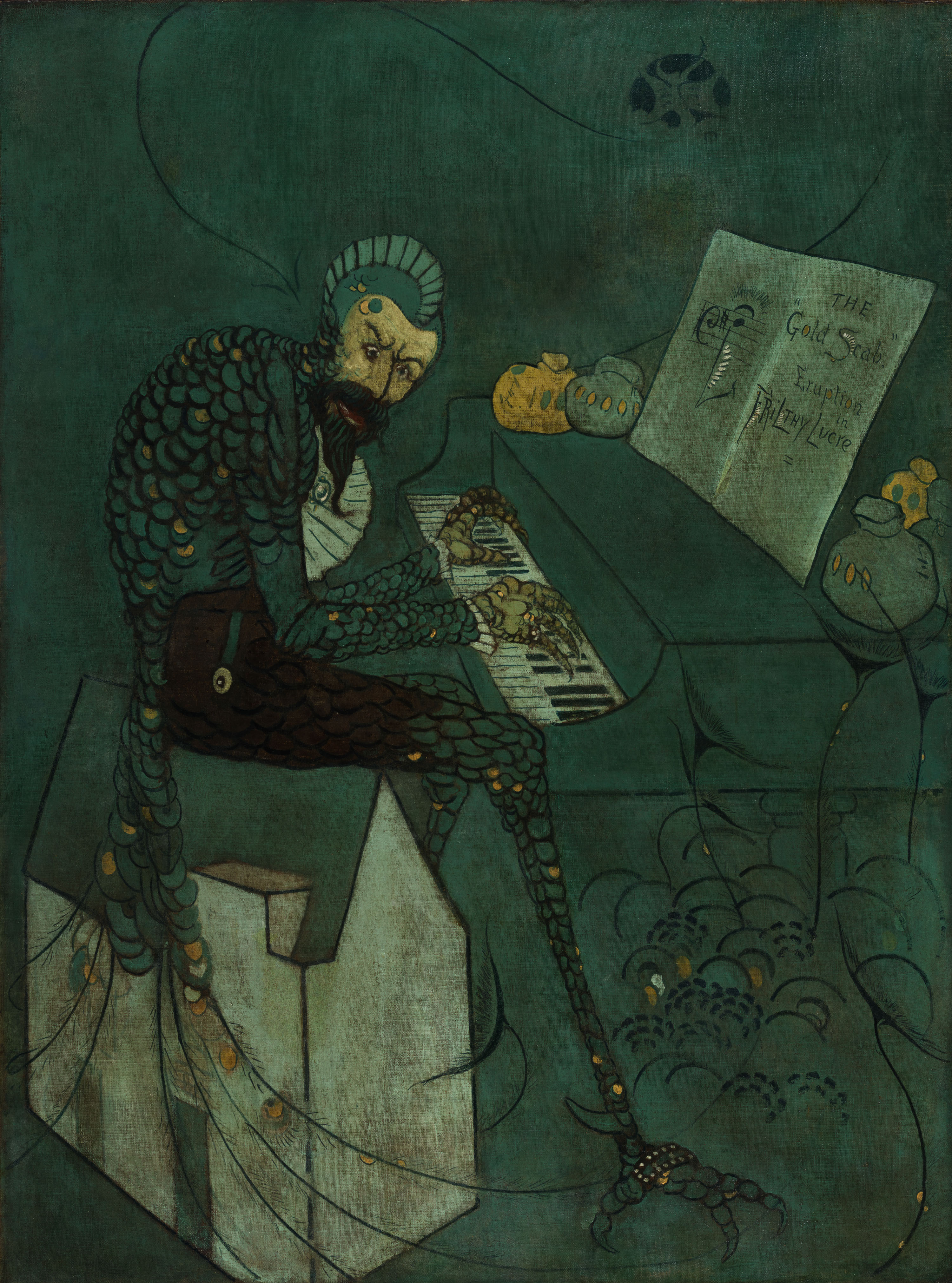
Is it worse to talk about someone behind their back or confront them in person?
In this brutal caricature of Whistler’s creditor, Frederick Richards Leyland is portrayed as a horrifying reptilian peacock. He sits atop a model of the White House, Whistler’s home and studio, where this picture was hung to greet the officials who would be arriving to officially inspect the property after he declared bankruptcy. The words on the sheet music include selective capitalization, calling out Leyland’s initials and identifying him as the model for the monster.
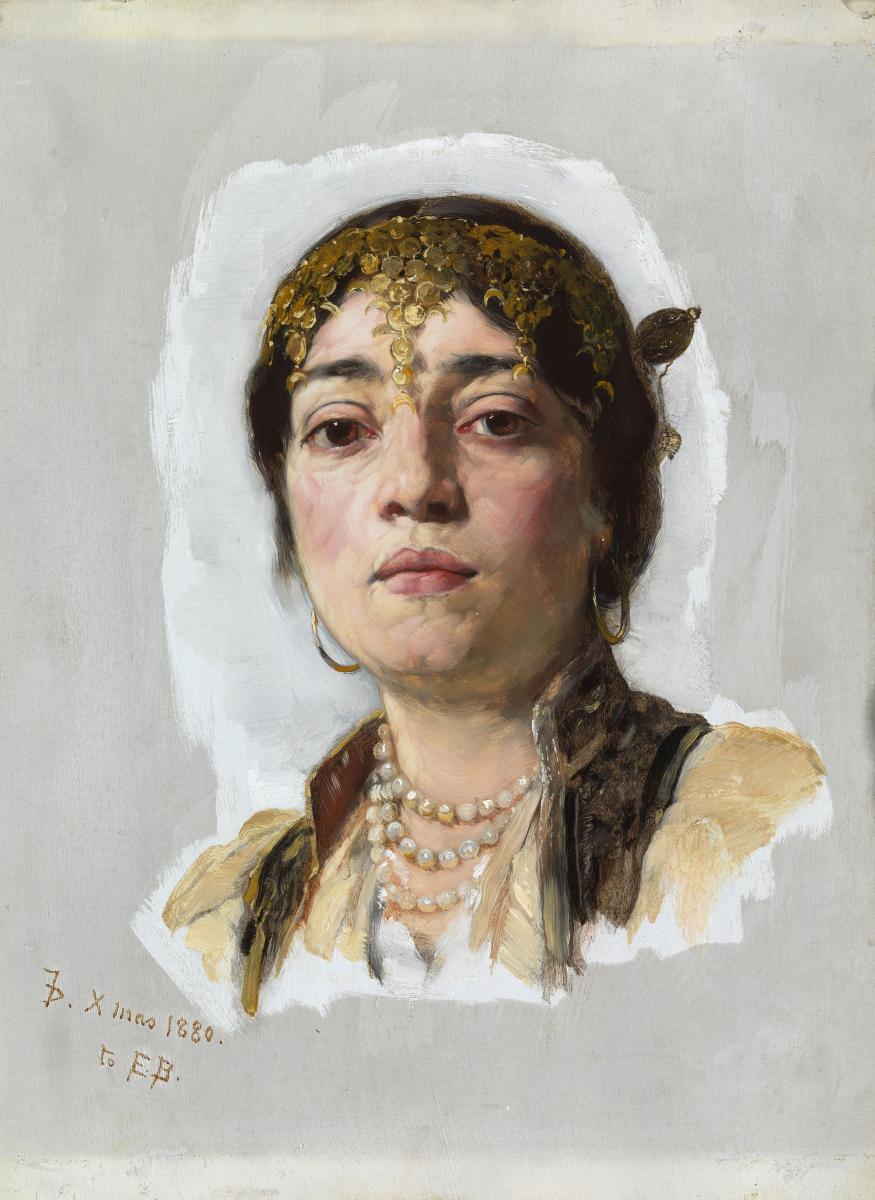
What influences your definition of beauty?
In this portrait, Duveneck emphasized his sitter’s striking beauty. His interpretation of his model focuses attention on her dark eyes, glittering gold headpiece, opalescent pearl necklace, large hoop earrings, and Turkish vest. Her skin, carefully modeled in tones of tan and pink, radiates with realistic warmth. Duveneck gave this picture as a Christmas gift to his student and future wife Elizabeth Boott, who, in her own paintings, also often portrayed women in elaborate costumes from other cultures.
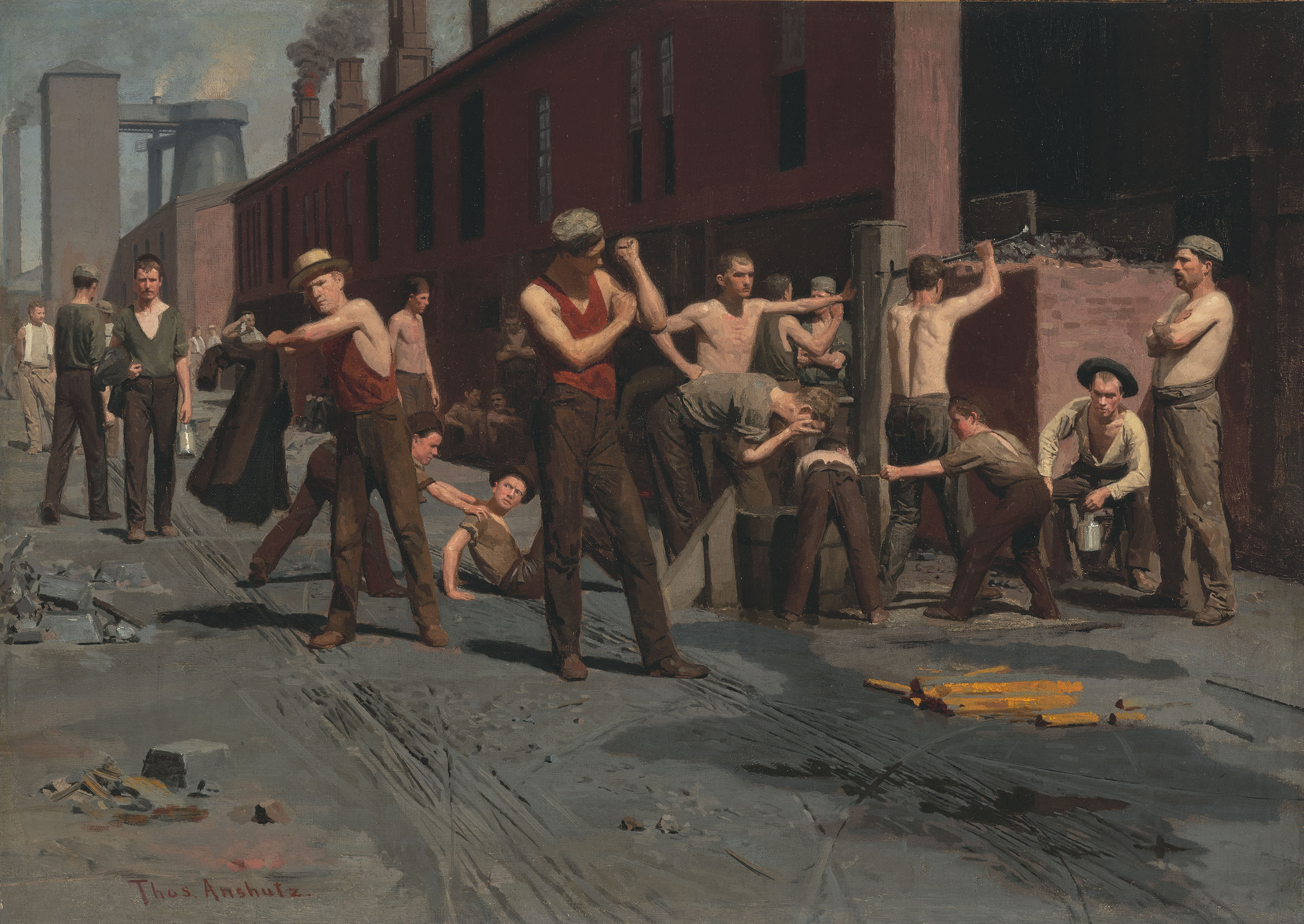
How will your future be affected by mechanization?
Anshutz portrayed a group of workers at a nail factory in Wheeling, West Virginia. The workers are displayed across a shallow foreground, while the colossal foundry stretches as far as the eye can see behind them. Anshutz began the preparatory drawings for this picture during one of his yearly visits to see family in Wheeling. Increasing mechanization posed a threat to skilled American workers such as those depicted by Anshutz.

When have you expressed dissent?
Eakins made this study of a nude female model while studying with the academic artist Jean-Léon Gérôme at the École des Beaux-Arts in Paris. The sitter also appears in three paintings by the French Impressionist Frédéric Bazille. Eakins’s belief that students should study from live models led to his 1886 dismissal as a professor at the Pennsylvania Academy of the Fine Arts, for removing a male model’s loincloth in a class that included female students.
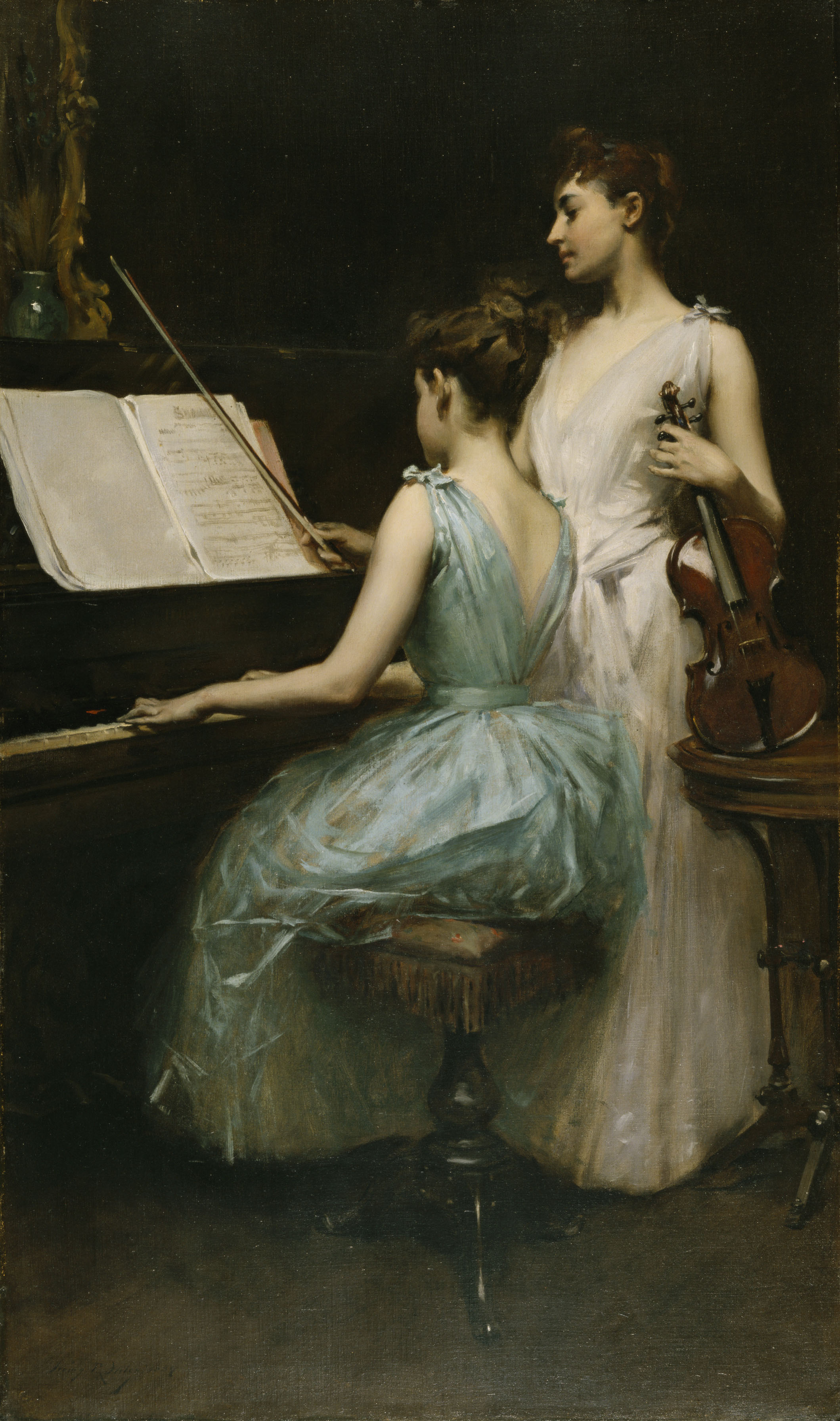
Have you ever learned to play a musical instrument?
Although Wiles depicted his wife, May, as the pianist in this painting, the title does not identify the women. The painting also doesn’t provide information about the specific composition they are playing. Instead, we as the viewers are asked to simply reflect on the act of making music, recalling James McNeill Whistler’s observation “as music is the poetry of sound, so is painting the poetry of sight.”
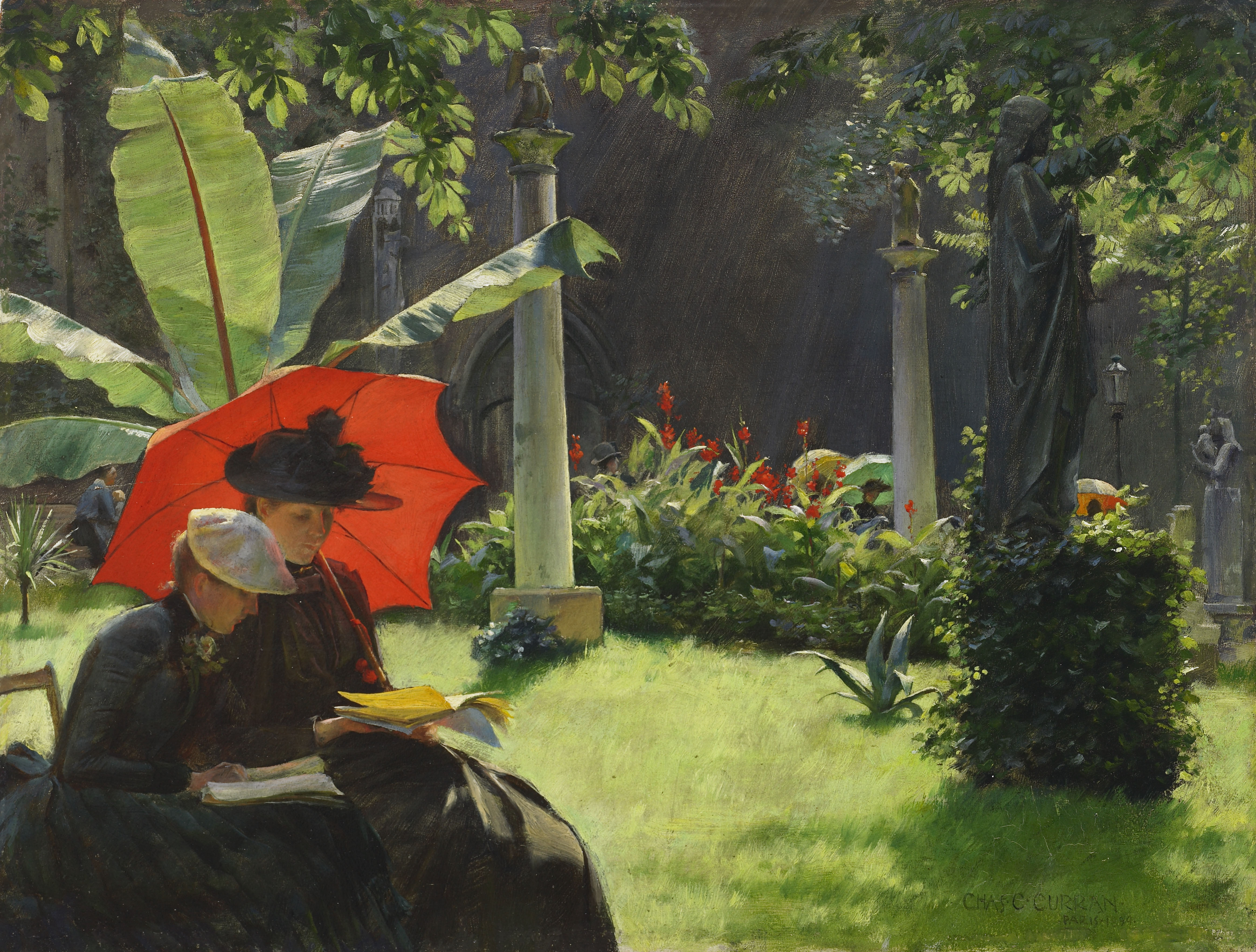
How does the size of this painting impact your viewing experience?
Curran’s subject, the Cluny Museum in Paris, was a popular tourist attraction. Dedicated to the arts of the Middle Ages, the building and garden feature both Roman and Gothic ruins, elements of which appear in this painting. The two women depicted under the shade of a red parasol, perhaps reading guidebooks, are likely participants on the Grand Tour of Europe, a tradition that signaled status and sophistication for wealthy Americans of the period.
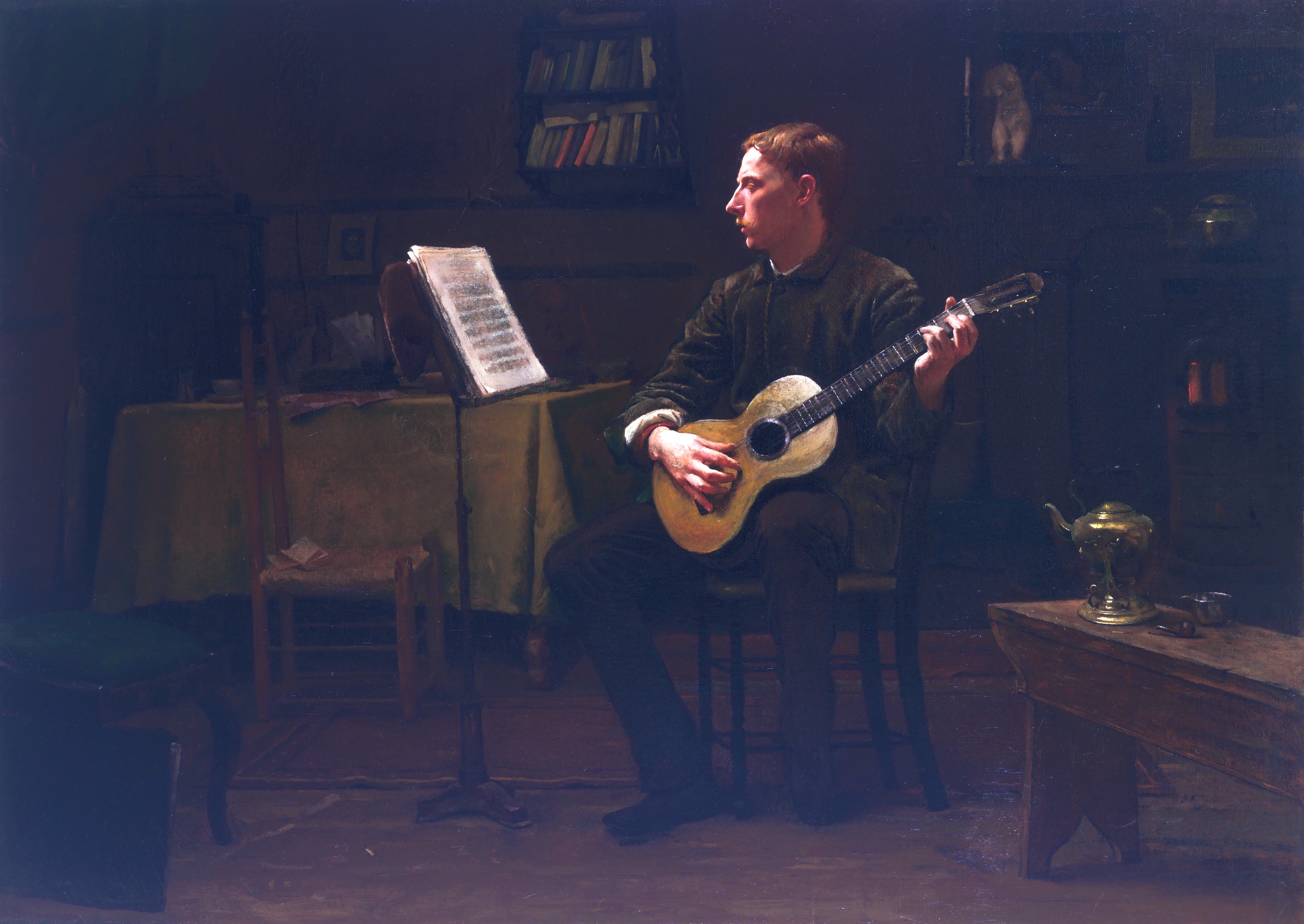
What does the word “bohemian” mean to you?
By the 1830s, the term “bohemian,” from the French word bohème, was widely used to describe young artistic and literary figures who rejected middle-class traditions and comforts, engaged in unconventional behavior, and wore very simple, artistic clothing, all in the pursuit of lives dedicated to the higher calling of art. Bunker’s subject—a solitary artist playing a Spanish-style guitar in a humble studio filled with art and books—epitomized romantic conceptions of such a lifestyle.

What are your creative outlets?
This small picture features various domestic details which would have interested art collectors during the Gilded Age. Ulrich’s closely observed image of a woman practicing the piano is painted with a pure and lustrous color, capturing the specific qualities of the room in which she sits. A close look at the vase and roses on the table reveal that this woman has decided to sit down and play music in the middle of arranging flowers—she has taken a break from one artistic activity to engage in another.